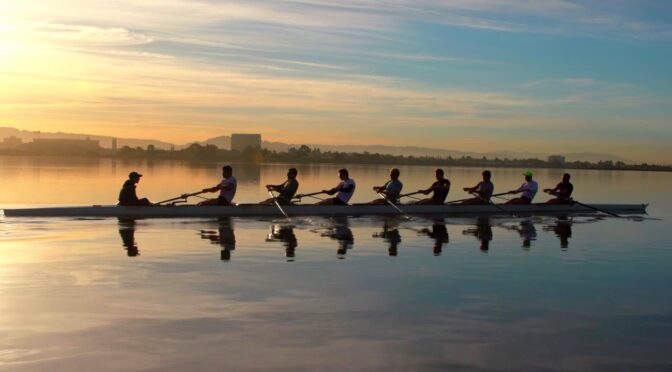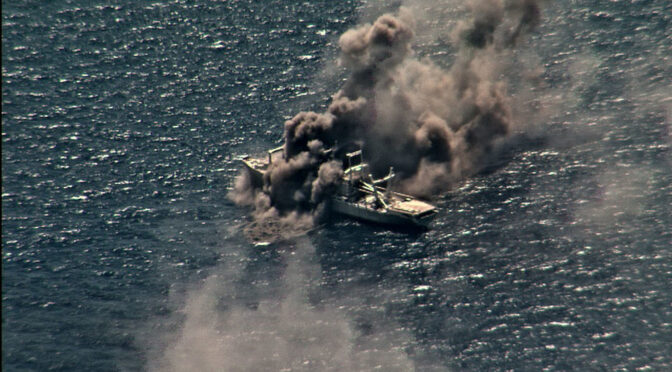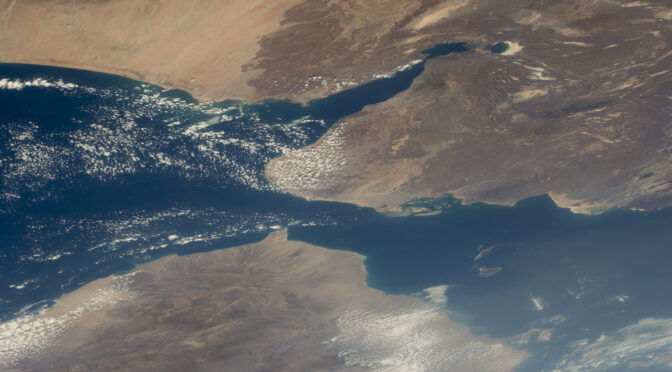By Dmitry Filipoff
For the past two weeks, CIMSEC featured analysis submitted in response to our call for articles on the crisis in the Red Sea. Authors assessed a wide variety of dimensions and offered lessons that can be learned from the crisis.
The Red Sea crisis continues as Houthi attacks threaten shipping and multinational forces seek to restore security. These attacks highlight the criticality of the global maritime commons and how the ability to threaten them is proliferating. Many actors are taking note of the political and operational dynamics of the crisis and are closely following U.S. actions in particular. Whether or not military operations can conclusively resolve the threat to this critical geography remains to be seen.
Below are the articles and authors that featured during this special series. We thank them for their contributions.
“Evaluating the Naval Response to the Red Sea Crisis,” by Colin Barnard
This analysis evaluates the naval response so far, from cooperating with merchant shipping, the cost effectiveness and vulnerabilities of using warships and missiles to counter drones, and the role of allies, to the potential implications for a future conflict with China and current efforts in defense innovation to prepare for it.
“Panda Express: A Proposed Convoy Operation in the Red Sea,” by Clay Robinson
The idea is simple: vulnerable multinational commercial vessels would closely shadow Chinese ships as they transit safely past Houthi missile launchers in a convoy-type operation. The Houthis, knowing their targeting is lacking, would refrain from shooting lest they accidentally hit a Chinese ship and anger both Beijing and Tehran.
“Naval Interoperability and NATO’s Naval Presence: Lessons from the Red Sea,” by CDR Augusto Conte, Spanish Navy, and Gonzalo Vázquez
If properly assessed and examined, all lessons drawn from naval actions in the Red Sea will provide valuable input on how to readapt NATO’s naval forces for a renewed era of great power competition and to better cope with the threats present in the Alliance’s maritime backyard.
“Basing U.S. Ships in Nearby Waters to Counter Threats in the Red Sea,” by Michael D. Purzycki
The need for a U.S. naval presence in and around the Red Sea, combined with the uncertainty of America’s ability to regularly send vessels to that region, portends the basing of U.S. vessels in or around the Fifth Fleet area of responsibility. First, a willing host country must be found.
“The Strategic Abuse of Maritime Security in the Red Sea,” by Alexandru Cristian Hudișteanu
In practice, maritime security is usually viewed from the lens of what disturbs it, based on an insecurity perspective…Now we can consider maritime security from the perspective of who selectively grants it, under threat of force, and for self-serving ends.
“China’s Calculated Inaction in the Red Sea Crisis,” by David Scott
These attacks have been ongoing since November and show little sign of abating. China has maintained a studied and deliberate distancing from the issue, whose strategic inaction rather than action has been noticeable.
“Analyzing the German Frigate Hessen’s Near-Miss of a U.S. Drone in the Red Sea,” by COL Jörg Stenzel, German Army, and CDR Michael Posey, U.S. Navy
In February 2024, a fortunate mishap prevented German Navy air defenders from shooting down an American MQ-9 Reaper in the Red Sea. The frigate misidentified the U.S. drone and fired two Standard Missile 2s at the target – which both subsequently missed. This near-miss incident in the Red Sea and reports about minimal ammunition stocks have triggered many controversial discussions about the German Navy’s capabilities and readiness.
“The Coming of Age of Directed Energy Weapons and the Red Sea Crisis,” by Dr. Bonnie Johnson
The rise of unmanned threats, such as those in the Red Sea crisis, is helping push lasers and microwave devices over a final set of operationalization hurdles to deployment.
“Escalation Beneath the Waves: The Looming Threat of Houthi UUVs in the Red Sea,” by Commander Amila Prasanga, Sri Lankan Navy
The Houthis’ use of UUVs marks a significant escalation in the ongoing Red Sea crisis. These submersible drones, while not as sophisticated as military submarines, pose a significant challenge to naval operations designed primarily to counter surface and aerial threats. The emergence of the Houthi UUVs threat necessitates a comprehensive reassessment of the naval defense strategies and tactics being employed in the Red Sea.
“Maritime Traffic Trends and Considerations in the Red Sea,” by Dirk Siebels
One important question is whether military operations have had an impact on merchant shipping through the Red Sea and what the outlook now is. Finding answers requires a detailed look at figures for maritime traffic.
“The Crucial Role of Public/Private Partnerships in the Red Sea Crisis,” by Joseph F. Greco, Ph.D
Some answers can be found in the success of Operation Atalanta, which has been ongoing since 2008. This operation, deployed by the European Union Naval Force as a proactive measure to address piracy on the Somali coast, demonstrated the undeniable effectiveness of public/private partnerships between naval forces and the commercial maritime industry.
Dmitry Filipoff is CIMSEC’s Director of Online Content. Contact him at [email protected].
Featured Image: The Red Sea as seen from space. (NASA photo)




